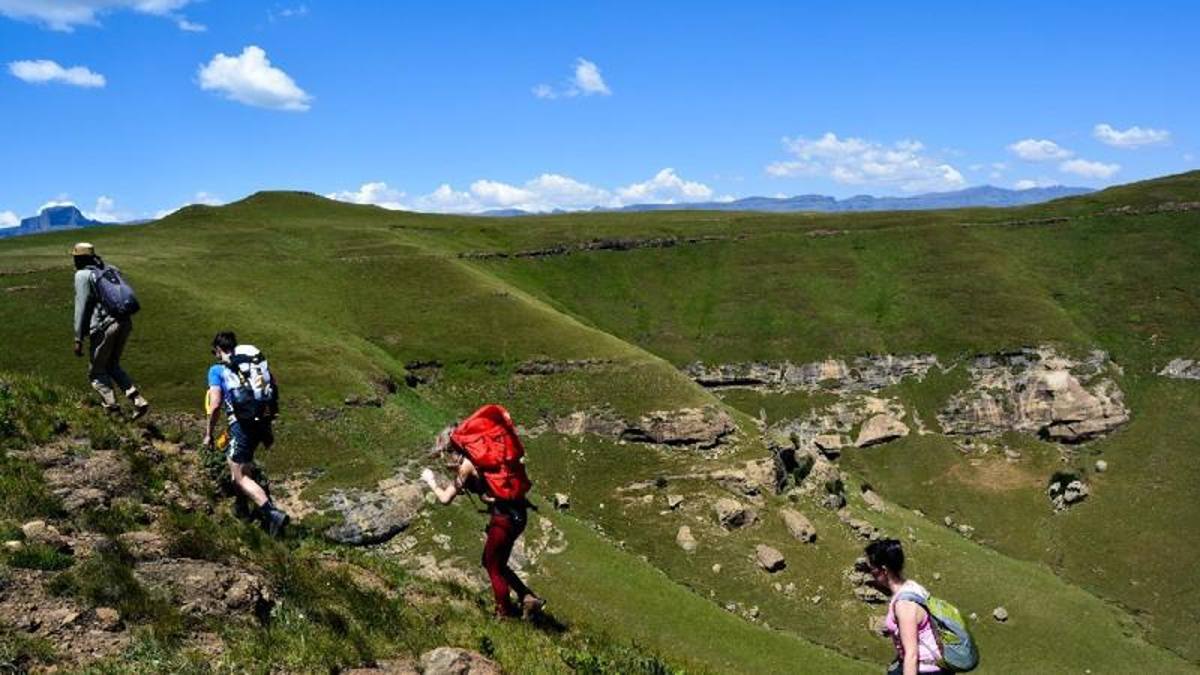Elena Casiraghi, former rowing national, explains how to eat properly in the mountains. And it dispels some myths
She was an international level athlete competing in rowing and later dedicating herself to triathlon. Today, having emerged from the competitive chrysalis, Elena Casiraghi is a specialist in nutrition and sports supplementation. Graduated in Sports Science, she earned a PhD in Physical Activity Nutrition and Wellness, she is also part of the scientific team of Enervit and follows mountaineers of the caliber of Hervé Barmasse. We wanted to ask her some good advice not only as a nutritionist but also as a sportswoman. Even though he no longer competes, in fact, he continues to be present in the world of competitions, seeking increasingly high-performance solutions for athletes.
Elena, How did you go from competitions to studying nutrition?
“I actually fell victim to myself. When I was in the national rowing team I had a weight category, so I was always careful not to go below the competition parameters. In winter it was easy to lose even the physical strength with the weight so I started experimenting on myself and later after studies and research also to disclose and tell what I had put into practice. In my latest book Nutrition is not competition there are good ideas for a balanced diet without thinking too much about calories “.
Any good advice for those who are preparing to take a trip to the mountains?
“As for hydration, essential in every activity, it must be said that the water from the sources that meet at high altitudes is usually too poor in minerals and must therefore be integrated. For those who love DIY, 4 or 5 grains of coarse salt in a liter of water, they may be enough. If the water lacks the right amount of salts, you end up drinking too much and sometimes suffer effects such as at high altitudes, headaches, nausea, etc. Otherwise you can rely on special preparations rich in sodium, potassium, magnesium. Always remaining valid the rule that drinking when thirsty is already too late for proper hydration, take fluids every 20 minutes is the best choice. In terms of nutrition, dried fruit such as apricots is excellent; fresh bananas are fine too, but not as a source of potassium as is often thought, but of carbohydrates. Instead, you can take energy bars with carbohydrates specially designed for easy digestion. Then I always recommend a sandwich with lean sliced, perhaps divided into morsels “.
What do you recommend for recovery?
“For those who have carried out an intense activity, excellent melon, parmesan or raw ham such as source of protein or an omelette with egg white “.
Any “myth” to dispel?
“Definitely alcohol to overcome the cold. It is a vasoconstrictor, so it actually increases the feeling of cold and makes us lose fluids to a greater extent. Another element that does not help during the activity is the oily dried fruit because it slows down the intake of carbohydrates that immediately provide us with the necessary energy for efforts “.
Any projects in the drawer?
“Disseminate the mountain world as much as possible and correctly, living it personally, perhaps accompanied by professionals such as Hervè Barmasse, and be able to inform women of the talents we are equipped with to be able to improve our metabolic characteristics which, it is now proven, are different from the male ones “.
Follow us on our social channels
July 30 – 09:36
© breaking latest news
.
